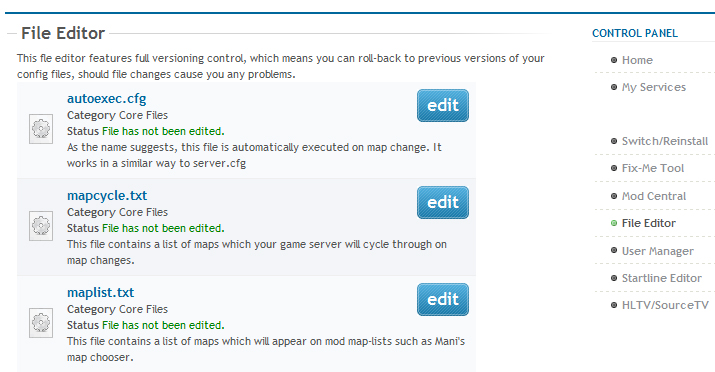

There are also many customers aware of the deadline who simply haven’t done the necessary work to avoid an outage. Despite multiple blog posts, Message Center posts, interruptions of service, and coverage via tweets, videos, conference presentations and more, some customers are still unaware this change is coming.

We recognize that unfortunately there are still many tenants unprepared for this change. What If You Are Not Ready for This Change? The data for August 2022 will be sent within the first few days of September. If you have not (or are not sure), check the Message Center for the latest data contained in the monthly usage reports we have been sending monthly since October 2021. If you have removed your dependency on basic auth, this will not affect your tenant or users. We will post a message to the Message Center 7 days prior, and we will post Service Health Dashboard notifications to each tenant on the day of the change. N ot in scope for this disablement (we are not making changes to): Protocols that are in scope for disablement: Starting October 1 st, we will start to randomly select tenants and disable basic authentication access for protocols in scope. Despite that, we will start to turn off basic auth for several protocols for tenants not previously disabled. We’re not done yet though, and unfortunately usage isn’t yet at zero. Since our first announcement nearly three years ago, we’ve seen millions of users move away from basic auth, and we’ve disabled it in millions of tenants to proactively protect them. For more information about the SCIS application, see SuiteCommerce InStore (SCIS).One month from today, we’re going to start to turn off basic auth for specific protocols in Exchange Online for customers who use them. However, you could develop your own applications to take advantage of the availability of Device ID authentication in NetSuite. Device ID authentication was developed for use with the SuiteCommerce InStore (SCIS) application. SuiteSignOn is only supported for SOAP web services.ĭevice ID authentication is also available in NetSuite. See Outbound Single Sign-on (SuiteSignOn). The NetSuite as OIDC Provider feature is only supported for RESTlets and REST web services. NetSuite supports two outbound single sign-on authentication methods for integrations: Mandatory Two-Factor Authentication (2FA) for NetSuite Access For more information, see Authentication Matrix.įor more information, see the following topics:Īuthentication and Session Management for REST Web Services OAuth 2.0 cannot be used with SOAP web services. For more information, see Outbound Single Sign-on (SuiteSignOn) Access from Your Web Store. SuiteSignOn access to NetSuite from your web store is supported. You should use NetSuite as OIDC Provider as an authentication method for outbound single-on. NetSuite supports two outbound single sign-on methods: See also SAML Single Sign-on Access to Web Store. See SAML Single Sign-on for inbound SSO using authentication from a third party identity provider compliant with SAML v2.0. See also OpenID Connect (OIDC) Access to Web Store. See OpenID Connect (OIDC) Single Sign-on for inbound SSO from the OIDC Provider (OP) of your choice. NetSuite supports the following methods for inbound SSO access to the NetSuite UI: SSO eliminates the need for users to log in to each application separately.

SSO is a transparent authentication scheme that enables the seamless linking of applications and at the same time maintaining application-specific access control. NetSuite supports various types of single sign-on (SSO).


 0 kommentar(er)
0 kommentar(er)
